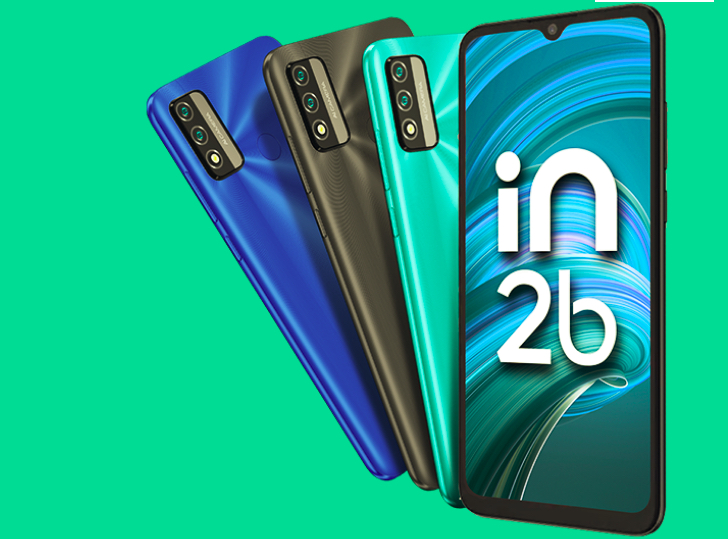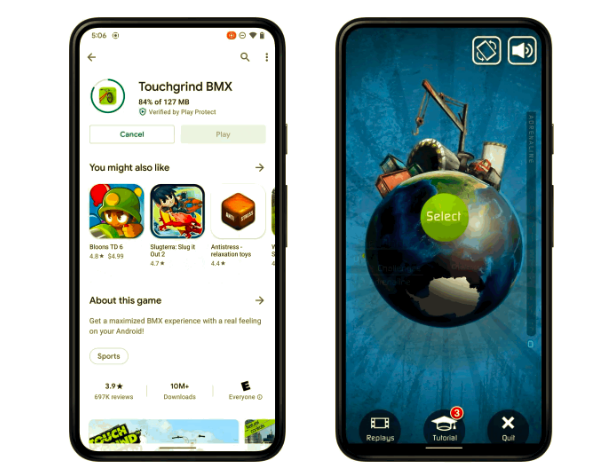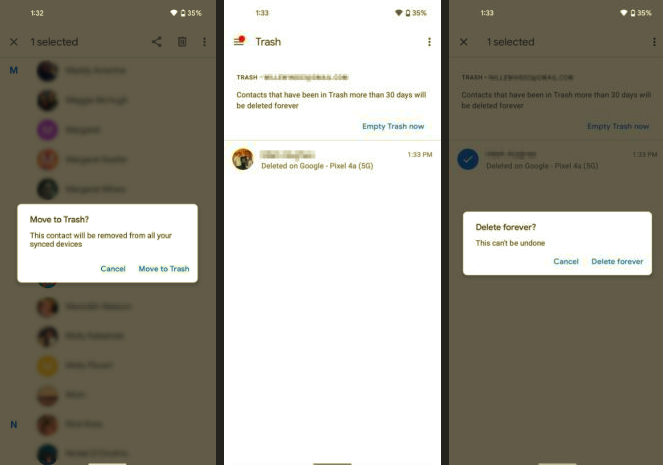A curious thing is happening in this year’s lead up to Barcelona’s Mobile World Congress, the industry’s premier event for showcasing upcoming smartphones and tablets: one company usually plagued by leaks well before launch, is now less than one week away from its March 1st presentation, and the confusion over its impending announcements could not be greater.
The company in question is, of course, HTC, and almost nothing about its presentation isn’t shrouded in mystery. The one certainty, really, is that it will be unveiling the successor to its popular One (M8), widely established to drop the parentheses in its One M9 branding. But besides the mere existence of said phone, nearly nothing else seems to be known with any certainty: not the design of the handset (though the specs are pretty much a lock), not the character of the accompanying wearable, tipped to have been developed in partnership with UnderArmour (is it a smartwatch? a fitness band? something else entirely?)
Another mystery is the supposed existence of an even higher end handset, popularly known as the One M9 Plus (or codename, Hima Ultra). Said premium device has already been pictured several times in purported photographs and renders, but those images conflicted on the details, spoke little of the specs, and revealed even less about intended launch and release dates.
If HTC does indeed have an upmarket M9, veiled in secrecy and waiting to be unmasked, it has done a superb job in keeping it hidden. Other than whispers and conflicting depictions, the supposed QHD resolution, fingerprint-scanning model has been ghost-like in its appearance at the usual haunts: no benchmarks have been seen, no retailers have leaked it, no case makers have posted seemingly-legitimate evidence of its existence, and no public databases have revealed a model that could fit the bill.
One explanation for this, really the only plausible explanation, is that even with an early March MWC launch, the so-called M9 Plus is not scheduled to go on sale until months after the regular M9. This would explain its seeming total absence from the requisite pre-launch venues, much like the original iPhone (and more recently, the Apple Watch) was able to avoid detection by announcing so long before retail sales were slated to begin.
The risk here, of course, is that consumers may overlook the regular M9 in waiting out the eventual release of the more pricey M9 Plus. But that seems only partly likely — at a more expensive price point and with at least a few months delta between the releases, the Plus would represent an exercise in patience that relatively few, appropriately-funded consumers would make the wait for. And HTC would have been buoyed somewhat to learn that the breakdown between iPhone 6 and iPhone 6 Plus sales skewed heavily in favor of the smaller, more affordable handset.
But the existence of the M9 Plus isn’t even the biggest mystery mobile watchers are facing this time around: the design of the One M9 is also being hotly debated. There are currently two possibilities on the table, and frankly, each one is incredulous and unprecedented in is own way. The first possibility is that HTC has chosen to release nearly the exact same design for the M9 as it used for the M8, down to the positioning of the speaker grills and front-facing sensors and selfie cam. In fact, the only visual cue that one would be observing an M9 and not an M8 would be the rumored 20-megapixel camera on the back, replacing the ultrapixel-powered, dual-lens Duo Camera on the M8.
The other possibility, which would require a lot of planning and no small amount of trickery on the part of HTC, is that M9 actually features a brand new design, one with repositioned speakers, sensors, and camera, and glass covering both the front and back faces of the handset. But for one to believe this second scenario, you have to accept the possibility that HTC is not only seeding decoy handsets to its early reviewers, developers, and testers, but that it’s gone a step further, and deployed entire packs of misleading, publication-ready renders to its carrier and retail partners.
While the former obfuscation would not be unprecedented — HTC did the same thing in 2013 when it sent out versions of the M7 with dummy cases on them — seeding partners with what are essentially placeholder images could lead to real problems down the line, especially in terms of marketing assets that would have been created, at no small expense, with the misleading imagery. All of those assets would need to be recreated — and if, like last year, the M9 goes on sale nearly immediately after launch — with no small amount of haste.
However, this theory, as unlikely as it appears on the surface, has two major attributes in its favor. The first is simply logical: HTC has been hyping up this event quite thoroughly, sending out invitations over a month early, telling us to expect something huge, etc. Would it really do that just to treat a room full of travel-weary journalists to a phone that’s a near doppelganger of last model year’s? It strains the bounds of credibility to imagine such hype for such potential letdown, especially from a company that rarely, if ever, repeats its designs so exactly from one year to the next.
The second piece of evidence is a bit more technical, and it has to do with an image released at the end of January depicting both the alleged M9 and M9 Plus. What made this image so interesting is that it showed designs which matched, almost completely, the descriptions of the phones provided to HTC Source by an inside source of theirs. Two possibilities exist: either the renders were quickly created using the leaked info as a guideline, or they matched so closely because they do in fact represent the shipping design of the HTC M9.
In less than a week, all will become clear, but already, one thing is certain: HTC has done a better job in keeping its secrets this year, and building up hype for its flagship release, than we’ve ever seen the company achieve before.



















